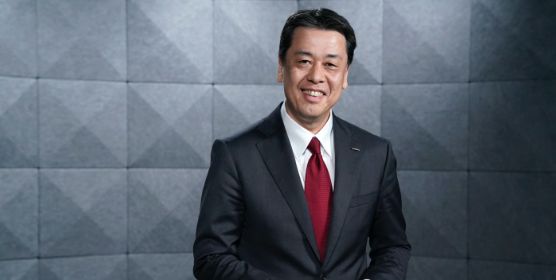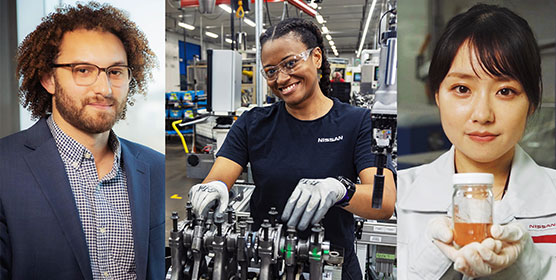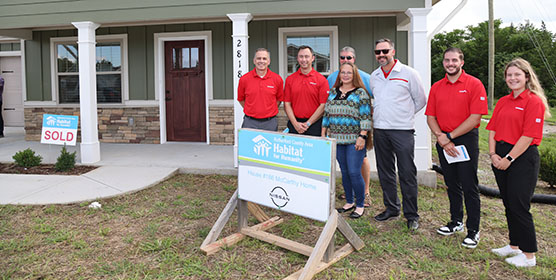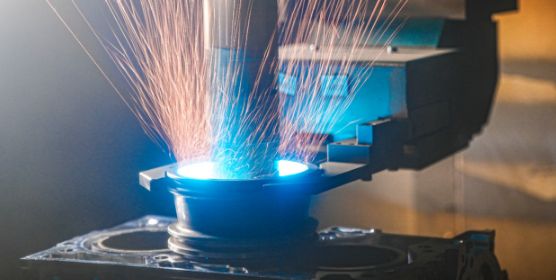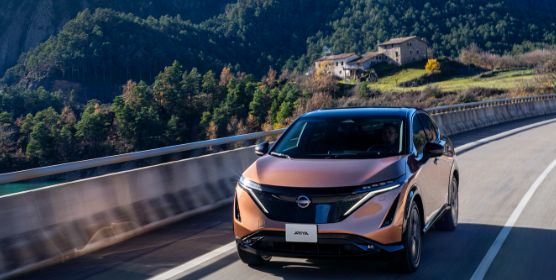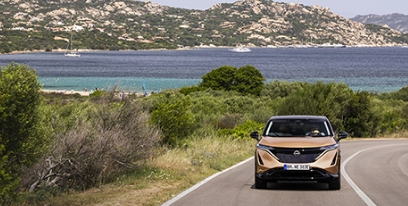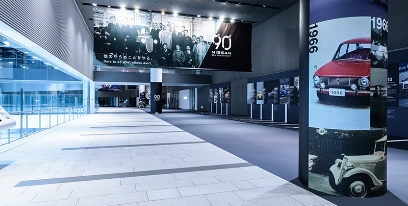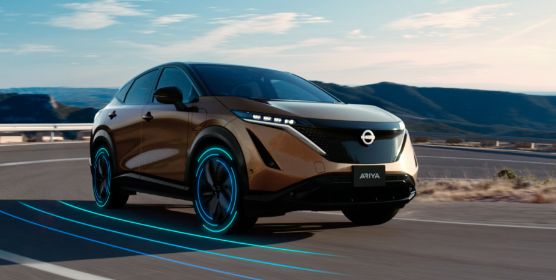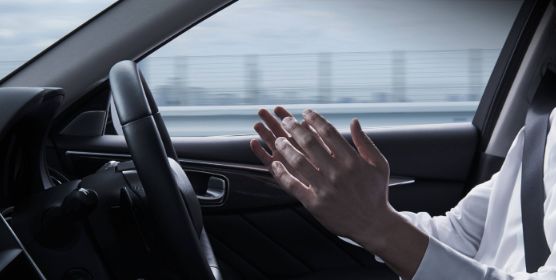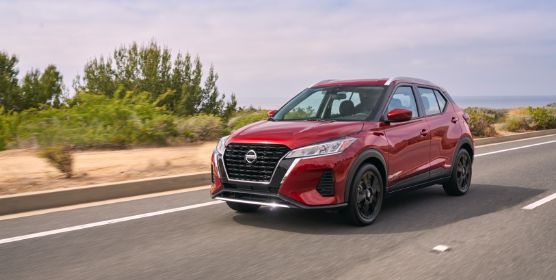Legend 03: The man who found his calling, Hiroyoshi Kato
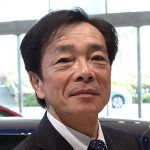
Hiroyoshi Kato
Born 5 September 1957 in Akita Prefecture. After he finished middle school, he entered Nissan Industrial Vocational School (now Nissan Automobile Technical College) and then went on to join Nissan Motor in 1976. He was assigned to Vehicle Test Section 3 of Vehicle Test Department 1, where he worked with the Cedric (330) team before being assigned to the Fairlady Z (S130) team.
In 1988, he joined the GT-R (R32) team in Chassis Test Section 3 of the Chassis Test Department. In 1993, he was assigned to Dynamics Performance Test Section 1 of Product Test Department 1, where he was involved in the development of the GT-R (R33, R34), the Skyline (V35), the Fairlady Z (Z33), and other cars. In 2008, Kato became a technical meister of the Vehicle Test Department and since then he has been responsible for the overall dynamics performance of Nissan and Infiniti vehicles. He was named a ‘Contemporary Master Craftsman’ by the Ministry of Health, Labour, and Welfare in 2003 and awarded the Medal with Yellow Ribbon in 2004.
No licence
Black Test Car is a best-selling novel that was written by novelist and journalist Toshiyuki Kajiyama. It depicted cut-throat competition among car manufacturers and became so popular that it was made into a film. Hiroyoshi Kato, technical meister in the Vehicle Test Department of Nissan Motor and the focus of this issue, read the book when he was in primary school and in the process discovered his true vocation.
‘I’d always loved cars and like all the other boys who loved cars at that time, I wanted to become a race car driver. But my parents didn’t like the idea, telling me that “driving a race car is too dangerous”,’ recalled Kato with a laugh. ‘Then I happened to read this novel and the words “test car” sounded fresh and new and I discovered that there was in fact a profession called test driver. It’s a dream job: you get to drive cars just like a race car driver and you get paid for it! My parents were willing to accept this idea because they seemed to think that it wasn’t likely to be dangerous, because no automaker would give their employees dangerous work.’
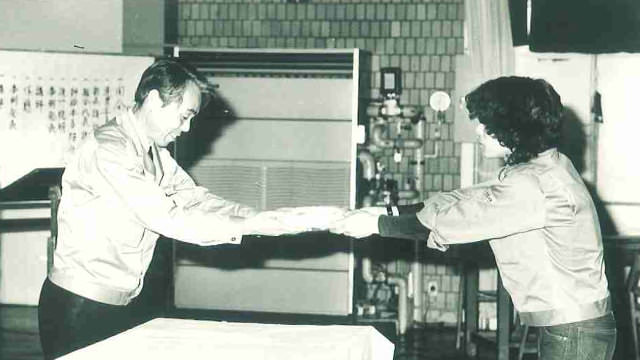
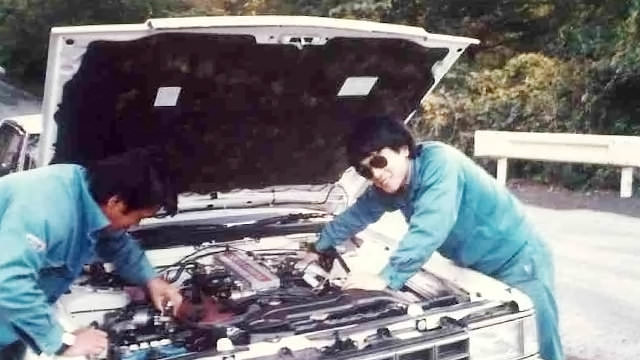
‘But
there
was
one
problem.
I
was
only
17
years
old
and
thus
too
young
to
have
a
driver’s
licence,
even
though
I
wanted
to
become
a
test
driver,’
he
told
us
with
a
laugh.
‘There
was
another
fellow
who
joined
the
company
in
the
same
year
as
I
did
and
he
and
I
are
the
only
people
in
the
history
of
the
company
to
ever
be
assigned
to
the
Vehicle
Test
Department
without
holding
a
driver’s
licence,’
recalled
Kato.
He
was
counting
the
days
until
his
18th
birthday
and
when
the
big
day
finally
arrived,
he
took
the
application
form
for
a
driving
school
to
his
superior
to
obtain
the
latter’s
signature
as
a
guarantor.
To
Kato’s
chagrin,
his
boss
had
a
totally
unexpected
reaction
to
this
request.
‘You
want
to
become
a
test
driver
who
helps
us
produce
cars
for
customers
to
enjoy
and
you’re
telling
me
that
you
are
going
to
be
taught
how
to
drive
by
a
mere
amateur?’

The first hurdle
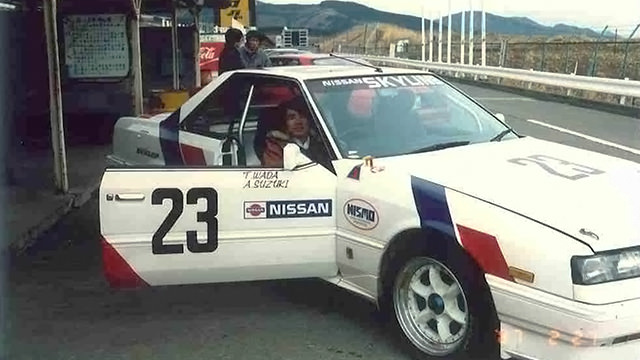
Once he’d finally obtained his boss’s permission to drive, Kato constantly practiced driving so that he could pass the test for his licence. He made his own training ground in a corner of the test track facility, marking out an intersection and making traffic signs by hand. At the same time, he had more and more opportunities to experience the actual work of a test driver, for example by riding along with a test driver on endurance tests.
When Kato finally got his long-dreamed-of driver’s licence, he was assigned to the Cedric Development Team, but he promptly asked to be moved to the Fairlady Z team. ‘I joined Nissan because I was so inspired by the Z.’ Once again his passion touched his superiors and he was moved to the Z Development Team within a year. In the meantime, all he did was drive.
‘I drove anytime, anywhere. My superiors told me to improve my driving technique. I didn’t know what to do or how to do it, so I just drove. There was a test car that was no longer used, so I drove it during my lunch breaks, after work, and anytime I had free time. Of course, I was a terrible driver. In the end, my senior colleagues took pity on me and finally started to teach me how to drive. I’m talking about professional test drivers who worked on the front lines. I would say it was a very special education (laughter). One of them got in the passenger seat and put some documents on the fascia and told me to drive without making the documents move. When I drove, the documents fell down, but when he drove, they stayed in place the whole time he was driving. I hate to lose and I couldn’t stand that I couldn’t do what he could.’
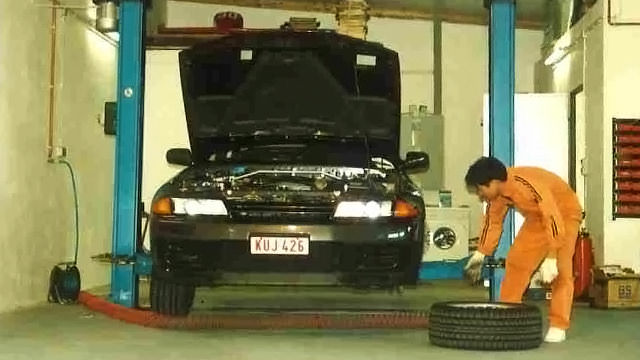
Because Kato had never been taught at a driving school and had not really driven much privately, he hadn’t developed any particular habits when driving and as a result, he was able to absorb an enormous amount of the knowledge and techniques required for a test driver very rapidly, like a sponge soaking up water.
‘I never thought it was hard or wanted to quit, not even once. Because I got to drive cars that I loved and do so as much as I wanted. I was being taught by professionals among professionals. I didn’t have to pay for cars, tyres, or petrol. In addition, I received pay on the 25th of every month. Sometimes I got compliments for my driving from my seniors and then I felt like I was on top of the world (laughter).’
At this point, Kato suddenly seemed to remember something. ‘No, I take it back. It’s not true to say that I never felt like I wanted to quit. Only once, I thought that maybe I wouldn’t be good enough to do the job.’ His jovial expression seemed to turn sour all of a sudden.
Polish cars and myself
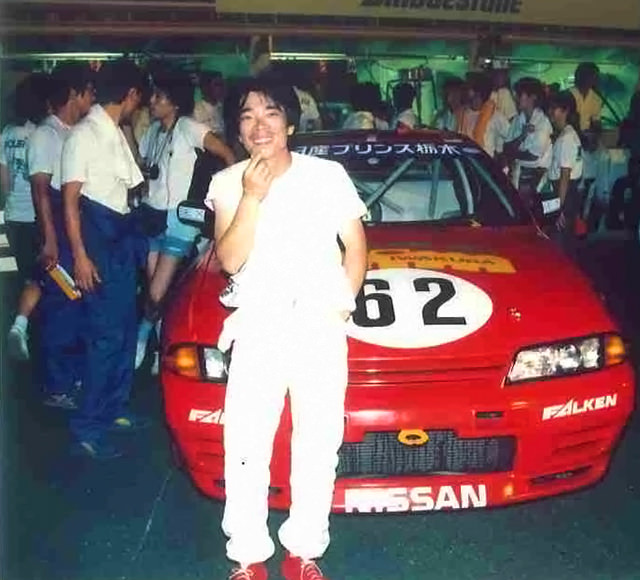
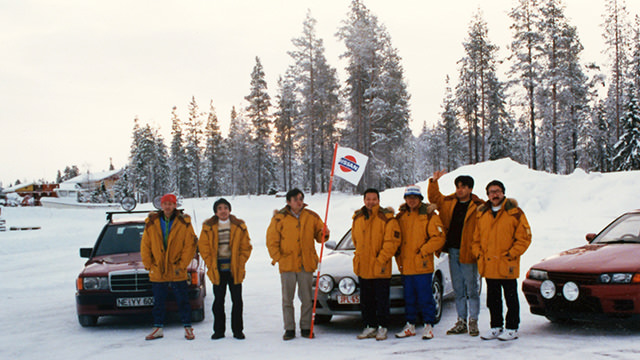
Looking
back
at
the
episode,
Kato
noted
that
even
if
he
could
have
driven
the
track,
he
didn’t
have
any
confidence
in
his
ability
to
complete
the
drive
with
the
car
unscathed.
In
fact,
even
a
more
experienced
driver
proved
unable
to
return
with
the
GT-R
unharmed.
‘On
the
first
lap
I
was
in
the
front
passenger
seat.
I
kept
watching
the
gauges
because
I
had
nothing
else
to
do.
Before
we’d
even
reached
the
halfway
point
of
the
circuit,
I
noticed
that
the
oil
temperature
exceeded
130
degrees
Celsius.
Our
experience
had
already
demonstrated
that
this
not
sustainable,
so
I
immediately
told
the
driver
to
slow
down.
If
we
had
continued,
we
would
have
blown
the
engine.
In
other
words,
we
could
not
even
finish
the
first
lap
normally.’
Back
in
the
pits,
a
total
of
around
20
engineers
surrounded
the
car
and
started
to
work
on
identifying
the
problems
and
figuring
out
how
to
solve
them.
‘At
that
point
a
Porsche
came
into
the
pits.
A
driver
in
a
short-sleeved
shirt
got
out
of
the
car
and
lit
up
a
cigarette,
then
walked
around
the
car
checking
the
condition
of
the
tyres
as
he
smoked.
When
he
finished
his
cigarette,
he
got
back
into
the
car
and
drove
back
out
on
the
track.
He
looked
overwhelmingly
cool
to
me.
And
what
were
we
doing?
We
were
driving
like
it
was
a
life
or
death
situation,
kitted
out
in
racing
suits,
and
still
the
vehicle
was
damaged
and
everybody
was
saying
what
was
wrong
and
what
was
right.
I
promised
myself
that
one
day
we
would
make
our
cars
like
that
car
and
I
would
be
like
that
guy.
That
scene
often
appears
in
my
dreams,
but
in
the
dream
the
Porsche
has
turned
into
a
Nissan
and
the
face
of
the
European
driver
into
me
(laughter).’
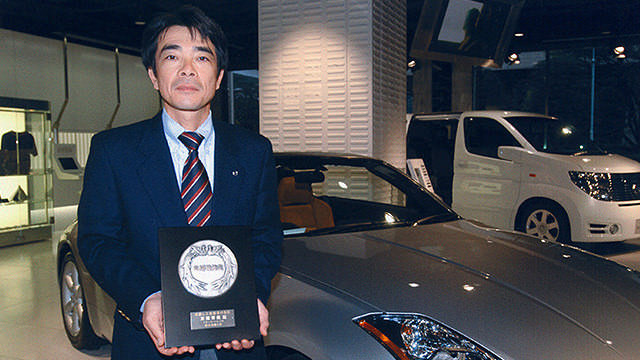
Cars should please the entire family
Once the R32 Skyline GT-R was launched, Kato was assigned to the R33 development team. At the same time, he participated in the Group N1 Endurance races (now Super Endurance) to improve his driving skills. He increased his experience and steadily achieved results. The more frequent his visits to Nürburgring became, the more laps he became able to drive.
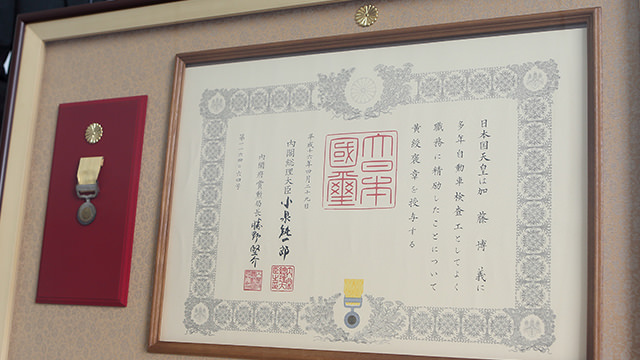

Generally speaking, when going into a curve, a driver slows down by pressing the brake pedal, applies load to the front of the car, turns the wheel, and takes the curve. In fact, a car will negotiate a curve without decelerating that much or without the wheel being turned that much. However, when I wanted to do that at Nürburgring, it puts phenomenal pressure on me. If it was raining, it was so awful that my body was completely rigid with tension. Then I tried to hold the steering wheel with only three fingers and I found that I could go into the curve very smoothly. If you hold the wheel with all five fingers, sometimes you steer too late or too much. Steering with three fingers, I could make subtle adjustments, as if I were slightly pushing back the sidewall distortion of the tyres.’
That was the moment when the three-finger driving technique—his unique driving style—was born. Now Kato knows not only the course marshal at Nürburgring but also the test drivers of Porsche and other carmakers. He has become known as an undisputed, first-class test driver.
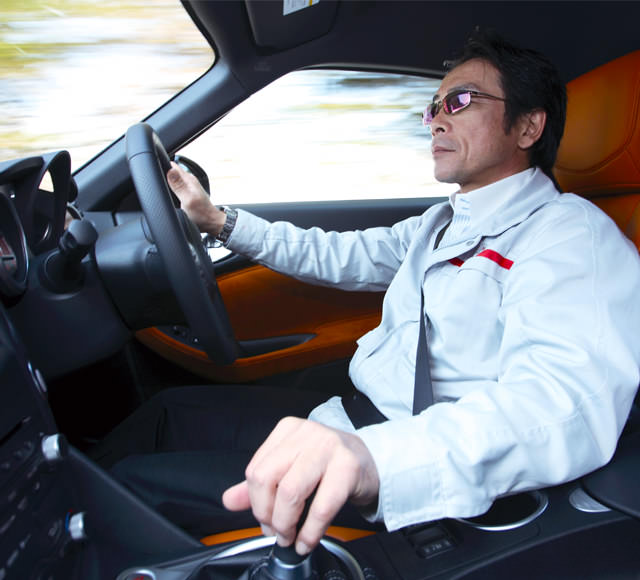
Kato often speaks of ‘everyday use.’ When he does, he’s referring to the general customer driving a car daily and addressing this situation is his top priority for every car development project.
‘I wear this Tudor Chrono-Time watch every day. One day I was scolded by someone who said that I shouldn’t be wearing such a valuable watch every day. They said I should only take it out for special occasions in order to take better care of it. But this is a watch that I’d wanted for a long time and then finally bought, so I want to wear it all the time. I think a sports car, for example, is the same. If a customer has finally bought the sports car he has always dreamed of but thinks that it would be too showy to drive it to a convenience store or if he doesn’t like to drive it on rainy days, it’s such a waste. Also, when I see a sports car on the street, the driver looks happy but sometimes the front seat passenger looks unhappy. If a car fails to please your partner or your family, there’s no point in owning it. Automakers should produce cars that will make the rest of the family feel good about the purchase when the father goes out and buys one.’
The man who made his own dream come true is developing cars with all his heart and soul so that the cars customers dream of don’t remain only dreams.
Profile of the writer
Shintaro
Watanabe
Born
in
1966
in
Tokyo.
After
graduating
from
a
university
in
the
US,
he
worked
as
an
editor
of
Le
Volant,
an
automobile
magazine,
before
joining
Car
Graphic’s
editorial
staff
in
1998.
He
left
Car
Graphic
in
2003
and
became
a
representative
of
MPI,
an
editorial
production
company,
while
also
working
as
an
automotive
journalist.
He
also
works
as
a
chief
editor
for
Car
Graphic.


